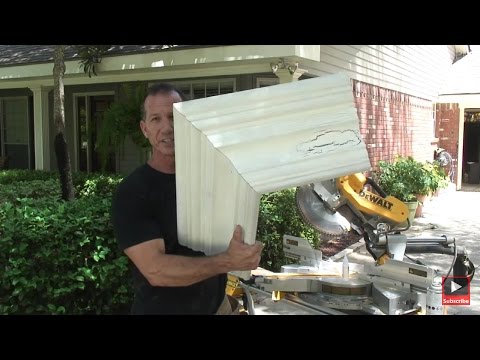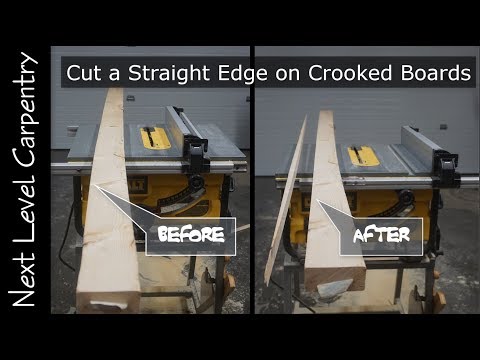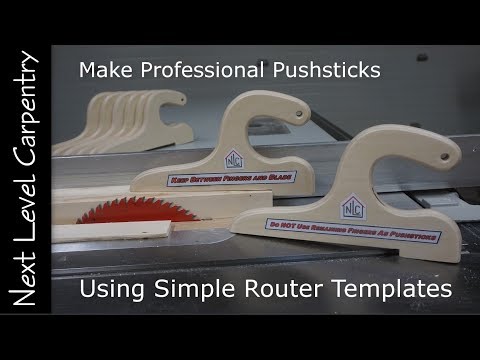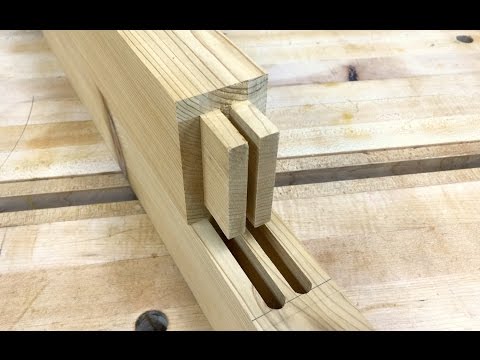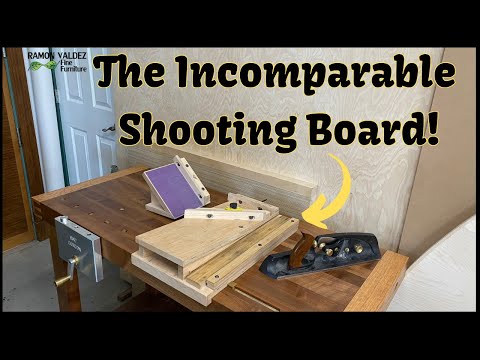How to overcome jointer-absence, find the center of anything, and measure between two inside corners
Today's four topics for groovy woodworking tips and tricks:
- How to get flat panel glue-ups with or without a jointer
- How to cut a straight edge on a crooked board without a jointer
- A simple way to find the center of boards and circles
- How to get accurate inside-cabinet measurements
How to get flat panel glue-ups with or without a jointer
In a perfect world, you could rip flat stock on a table saw and glue the edges together because—in a perfect world—your table saw's blade is sitting exactly 90 degrees from the table. In reality, it is not.
The usual solution is to use a jointer whose fence and table are set perfectly at 90 degrees. Using the "In and Out Method" of marking and working the edges of the multiple boards, you shape perfect complementary edges.
If you do not have a jointer, you can use a table saw and modify the in-and-out method to the up-and-down method.
"Up and down" refers to which way the top of the board is facing when running through the table saw.
How to cut a straight edge on a crooked board without a jointer
If you need to cut a straight edge to a board with a wavy edge, such as a rough-sawn board, and you do not have a jointer, you can use a table saw with an extended fence.
Clamp a long straight edge to the table saw fence. It should be significantly longer than the workpiece so that the workpiece can maintain two points of contact throughout the cut.
For especially long workpieces, don't clamp the longer straightedge to the fence; just run it along with the workpiece through the blade.
A simple way to find the center of boards and circles
To use a speed square to find the center of a board, do this:
- Draw a straight line across the board
- Draw a 45-degree angle starting at one end of the line
- Do the same from the other end
Where the two diagonals intersect is the center of the board.
If you want to draw a line along the center of the board, do the same thing somewhere else on the board and connect the dots.
Find the center with a ruler and no math
To find the center between two points of a cabinet, board, or similar, set a ruler at an angle between the points, aligning big round numbers on the points. In the example, He uses 10 inches at one end and 20 inches at the other. So, to be clear, the angle of the ruler is determined by placing easy-to-add numbers on the points, not anything about an angle.
Mark the number between those two points, 15 in this case. You can do this for other intervals beyond just the centerline, too, which divides the space into two parts. You could mark 2, 4, 6, and 8, to divide the space into five equal spaces.
I know I said there would be no math, but I lied.
To find the center of a circle, use a ruler
- Draw any two random lines across the circle from one edge to another.
- Find the center of those lines
- Draw perpendicular lines at the center points extending beyond the obvious center area.
Where the two lines intersect is the center.
How to get accurate inside-cabinet measurements
Sometimes you can butt the inside edge of a cabinet, bend your tape into the other corner, and get an accurate measurement. I mean, if you're framing, this is probably good enough. If you are cabinet-making, it is not.
Here are a few methods that are better, beginning with mildly better and moving to way better
- A mildly-better way to measure than bending a tape into the corner: butt the tape measure body into the corner and trust that the number printed on the tape case is correct. Stanley 12-foot tape measures have a 2-1/2 inch body.
- A medium-better way to measure without bending your tape: butt a short ruler against one side of the cabinet, butt the tape measure against the opposite end, and measure to the ruler end; add the two numbers together.
- A 'SPICY' way to measure between two corners without bending a tape: use two sticks that are longer than half the distance between the two corners. Butt them against each edge of the corner, clamp them together, remove them from the cabinet, and measure.

